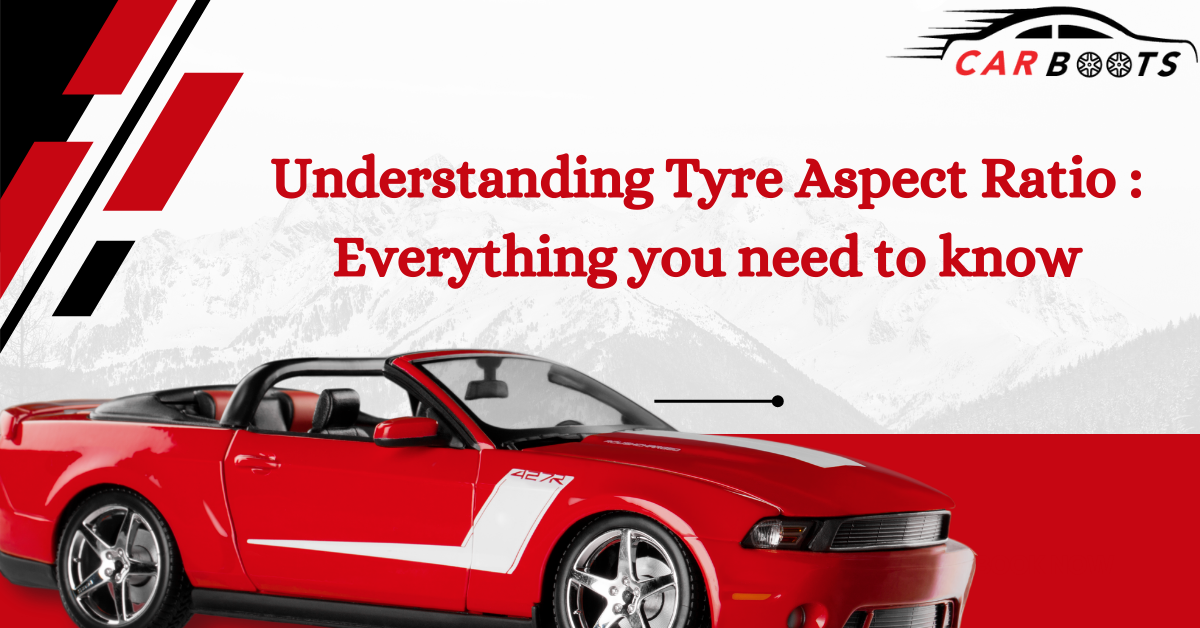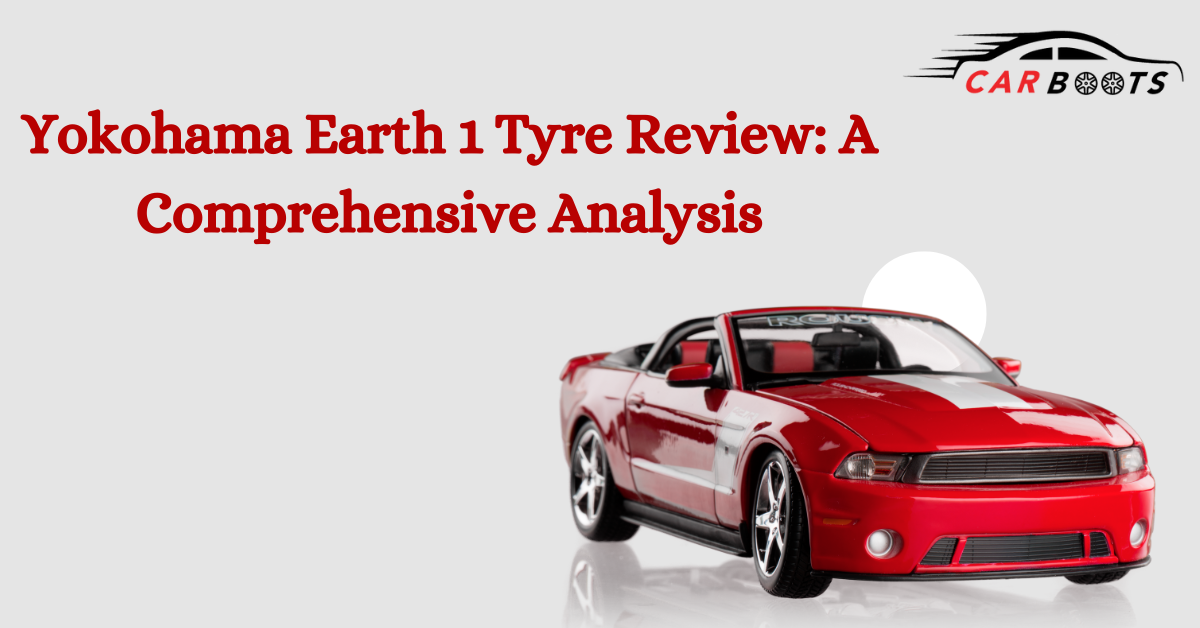Understanding Tyre Aspect Ratio : Everything you need to know
Understanding Tyre Aspect Ratio : Everything you need to know
When it comes to buying new tyres for your vehicle, there are several important factors to consider, including the size, type, and quality of the tyre. One of the most crucial aspects of tyre size is the aspect ratio, which can affect the vehicle’s performance, safety, and overall driving experience. In this article, we will explore what tyre aspect ratio is, how it affects your driving, and what you should consider when choosing tyres for your vehicle.
What is Tyre Aspect Ratio?
The tyre aspect ratio is a two-digit number that indicates the height of the tyre’s sidewall as a percentage of the width of the tyre. For example, if the tyre size is 205/55 R16, the aspect ratio is 55. This means that the height of the tyre’s sidewall is 55% of the width of the tyre, which is 205 millimetres in this case. The aspect ratio is always expressed as a percentage and can range from 30 to 80, with 70 being the most common.
How Does Tyre Aspect Ratio Affect Your Driving?
The aspect ratio can affect your driving in several ways, including the following:
1. Ride Comfort
The aspect ratio can affect the ride comfort of your vehicle. Tyres with a higher aspect ratio generally have a taller sidewall, which can provide more cushioning and absorb road bumps better than tyres with a lower aspect ratio. This can result in a more comfortable and smoother ride.
2. Handling and Stability
The aspect ratio can also affect the handling and stability of your vehicle. Tyres with a lower aspect ratio generally have a shorter sidewall, which can provide better handling and cornering performance. However, this can also result in a rougher ride and less stability at higher speeds.
3. Fuel Efficiency
The aspect ratio can also affect the fuel efficiency of your vehicle. Tyres with a lower aspect ratio generally have less rolling resistance, which can improve fuel efficiency. However, this can also result in a rougher ride and less comfort.
What Should You Consider When Choosing Tyres Based on Aspect Ratio?
When choosing tyres for your vehicle based on the aspect ratio, you should consider the following factors:
1. Vehicle Type
The type of vehicle you have can affect the ideal aspect ratio for your tyres. For example, sports cars typically have lower aspect ratios for better handling, while SUVs and trucks typically have higher aspect ratios for more comfort.
2. Driving Conditions
The driving conditions can also affect the ideal aspect ratio for your tyres. If you frequently drive on rough roads or uneven terrain, tyres with a higher aspect ratio may provide more comfort and stability. If you frequently drive on smooth roads or highways, tyres with a lower aspect ratio may provide better handling and performance.
3. Personal Preferences
Finally, your personal preferences can also play a role in choosing tyres based on the aspect ratio. If you prioritise comfort over performance, tyres with a higher aspect ratio may be ideal. If you prioritise performance over comfort, tyres with a lower aspect ratio may be more suitable.
Conclusion
The tyre aspect ratio is an important factor to consider when choosing tyres for your vehicle. It can affect the ride comfort, handling and stability, and fuel efficiency of your vehicle. When selecting tyres based on the aspect ratio, you should consider the vehicle type, driving conditions, and personal preferences. By choosing the right tyres based on the aspect ratio, you can improve your driving experience and ensure safety on the road.
FAQs
1. What is the ideal aspect ratio for tyres?
The ideal aspect ratio for tyres depends on several factors, including the type of vehicle, driving conditions, and personal preferences. Generally, sports cars and high-performance vehicles may benefit from lower aspect ratios for better handling and cornering, while SUVs and trucks may benefit from higher aspect ratios for more comfort and stability.
2. Can you change the aspect ratio of your tyres?
Yes, you can change the aspect ratio of your tyres, but it is important to ensure that the new tyres are compatible with your vehicle’s specifications and do not affect the safety or performance of your vehicle. It is recommended to consult with a tyre professional before making any changes to your vehicle’s tyres.
3. How can you tell the aspect ratio of your tyres?
The aspect ratio of your tyres is indicated by the two-digit number after the slash in the tyre size code. For example, in the tyre size code 205/55 R16, the aspect ratio is 55.
4. What happens if you use tyres with the wrong aspect ratio?
Using tyres with the wrong aspect ratio can affect the ride comfort, handling and stability, and fuel efficiency of your vehicle, and can even result in safety issues. It is important to choose tyres with the correct aspect ratio for your vehicle to ensure optimal performance and safety on the road.
5. How do you maintain your tyres to ensure optimal performance?
To ensure optimal performance and safety of your tyres, it is important to maintain them regularly by checking the air pressure, inspecting for any signs of wear or damage, rotating them periodically, and replacing them when necessary. It is also recommended to choose high-quality tyres from reputable brands and to consult with a tyre professional for any concerns or issues.








